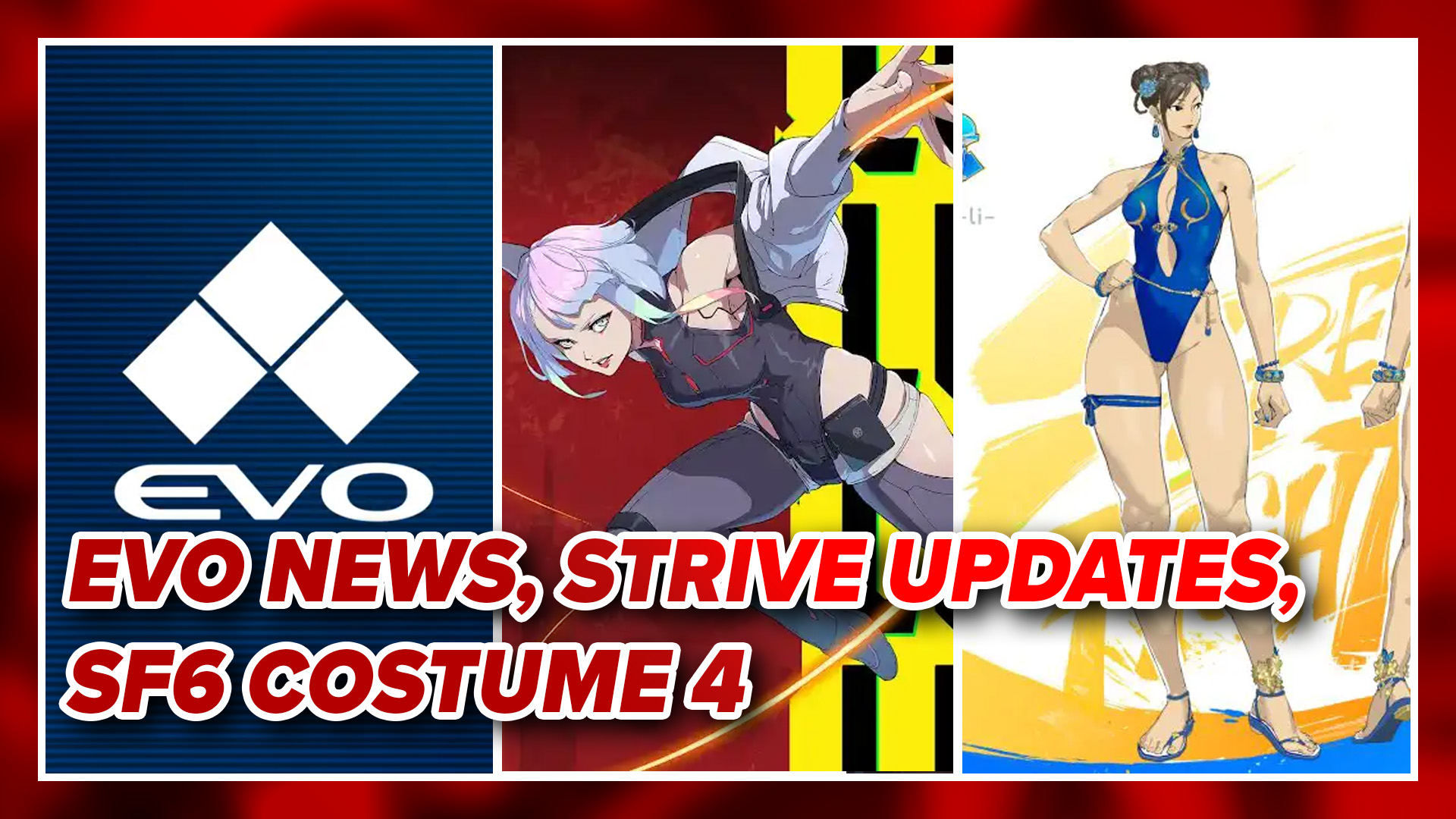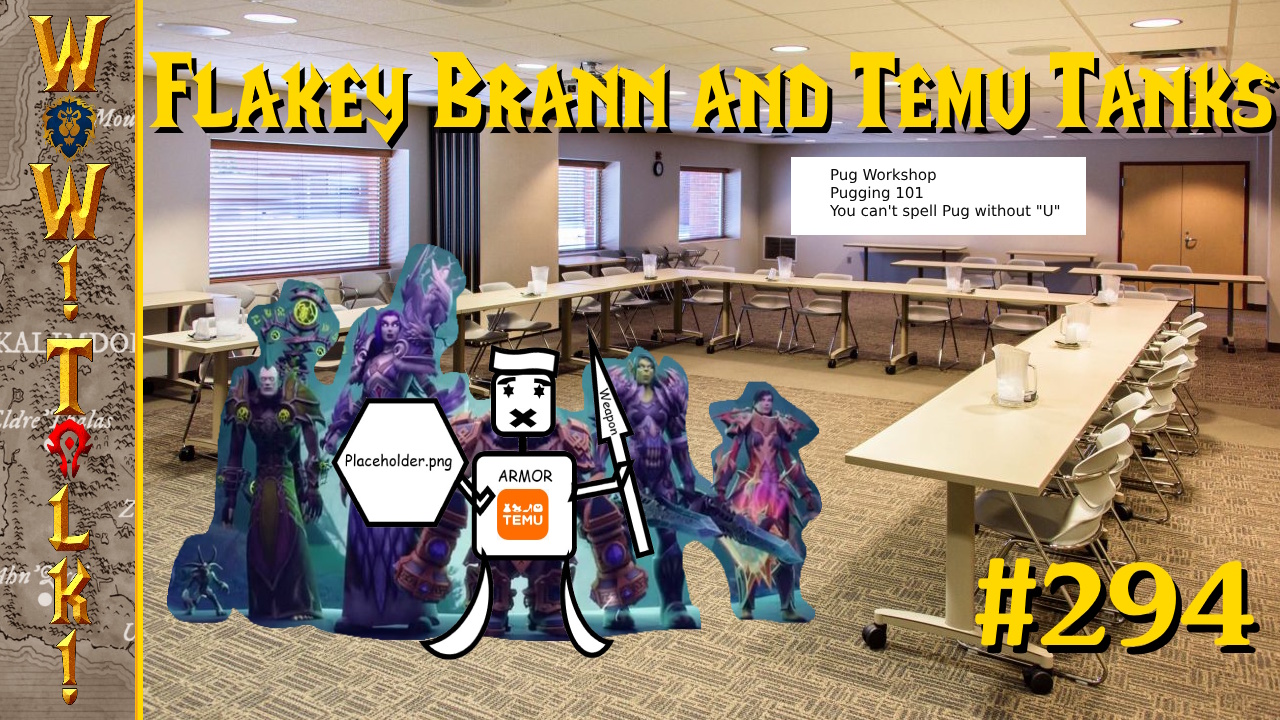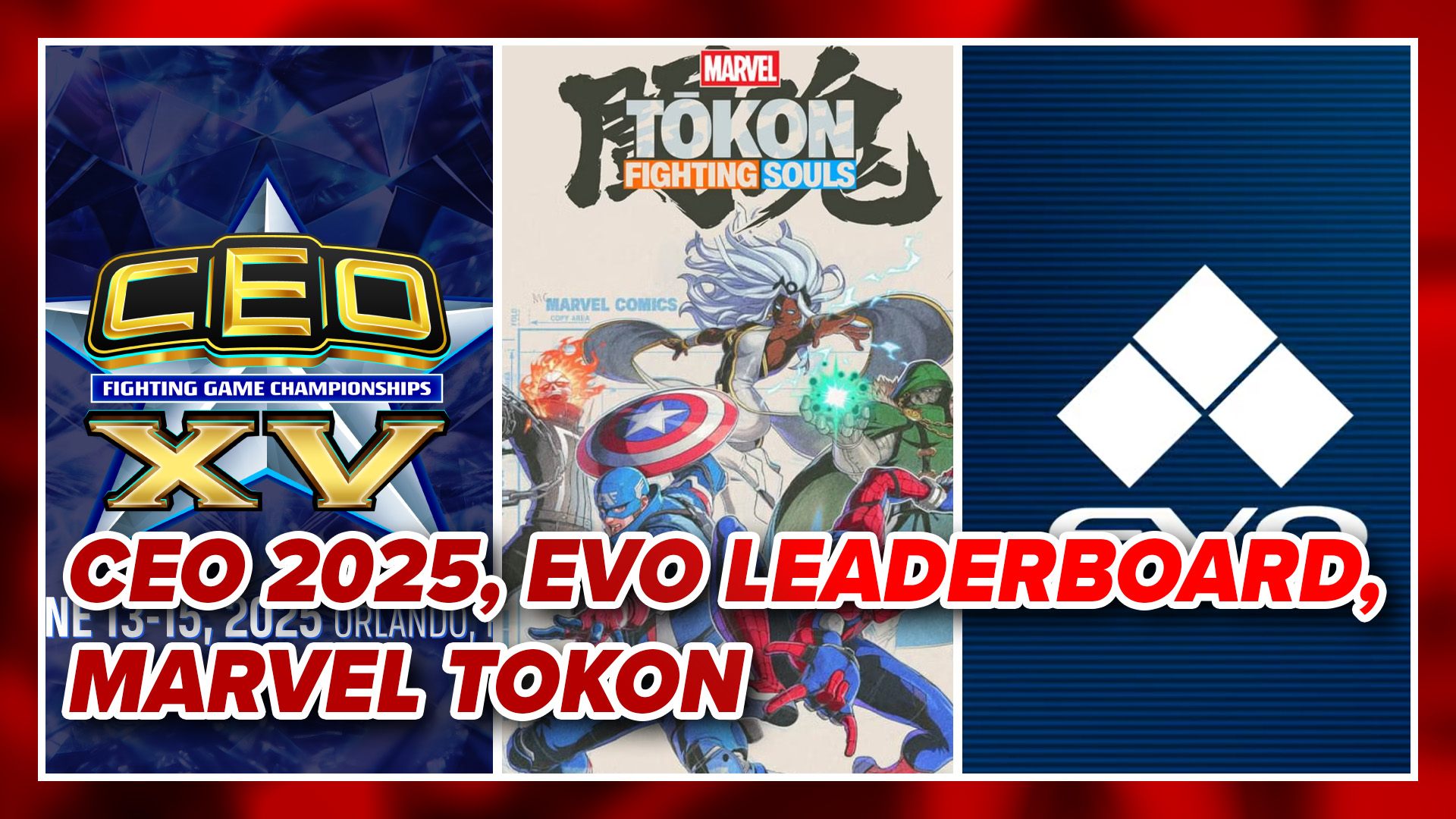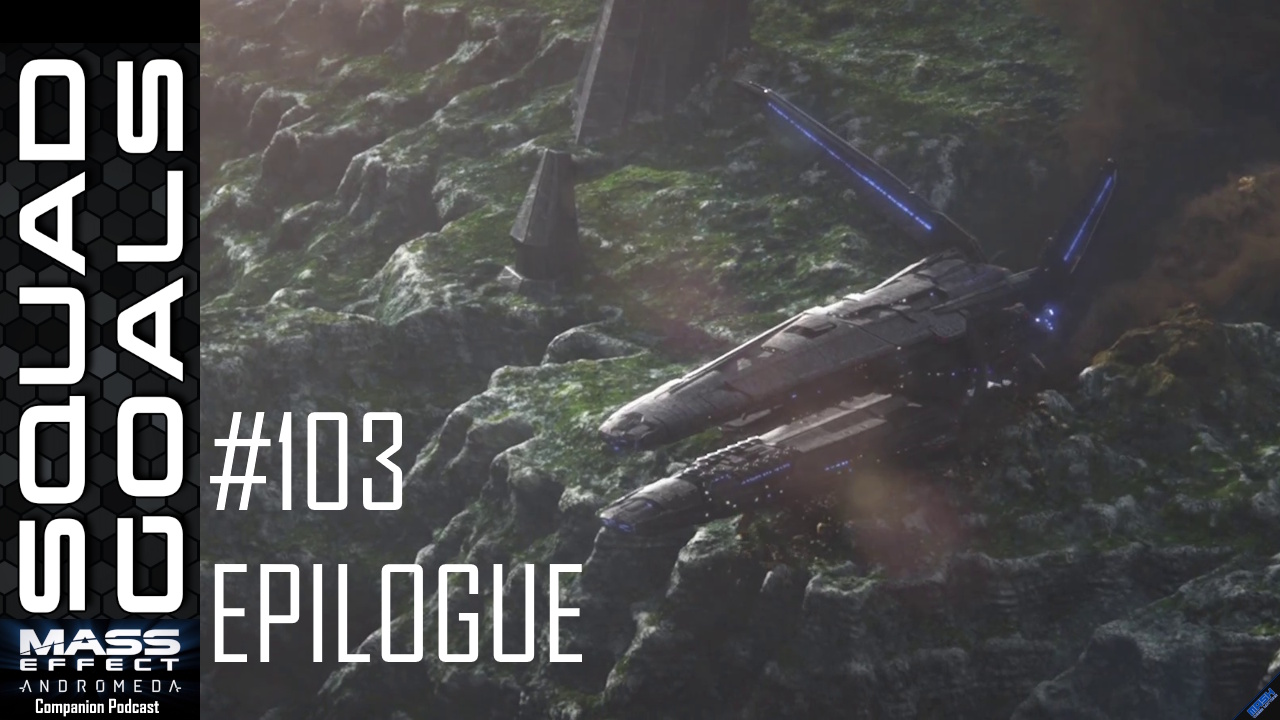
Gang bang. It’s a word with a dirty definition and an ugly connotation behind it, and it has created a lot of controversy for a little game called Bulletstorm. The brainchild of People Can Fly – and developed in conjunction with Epic Games – Bulletstorm is a first-person shooter in which you ‘Kill with Skill’, using the unique weapons the game offers in order to dispatch enemies in viciously inventive ways. In the world of Bulletstorm, ‘Gang Bang’ is simply a name given to one of the 135 different unique ways of killing enemies (known as Skillshots), specifically referring to blowing up three or more enemies with a particular weapon.
It’s not a real surprise that Bulletstorm came under scrutiny for some of the names they chose for Skillshots, especially when they had such loaded meanings. It matters little what a word means in the context of the game when an outside world that never touches the game only knows it in one way. Even in the case of people who weren’t concerned that the game might cause rape, many were still under the impression that Bulletstorm could have done better than toilet humor. Then there was yet another camp that basically said, “It’s really not that serious. In fact, it’s pretty funny.” As you can imagine, I came into Bulletstorm with the thought that I knew exactly what I would be getting, one way or the other.

I expected Bulletstorm to be crass, I expected it to be gory, I expected it to be over the top, and I expected it to have serious potty mouth. What I didn’t expect was that it would be endearing. It’s not immediate by any means, in fact the game is firmly entrenched in grunt-curse-shoot Gears of War territory the majority of the time (well, less grunting and more snappy banter). Grayson Hunt, the main character you control, is incredibly unlikable from the outset of the game. You do get the sense that he might mean well, but it’s hidden under ten miles of piss-poor decision making and drunken buffoonery. Some of his finer moments include making his Dead Echo squad outlaws without anyone’s consent, attacking a battlecruiser while completely outgunned, getting 2 ½ people of his 3 member crew killed, and getting stranded on a planet filled with mutants and cannibalistic gangs. And that’s in the first 15 minutes of the game. He lives in a vacuum where the word ‘consequence’ just doesn’t exist.
The half casualty I mentioned is one Ishi Sato, who was a soldier that served with Grayson in Dead Echo and remained with him to repay a life debt for Grayson taking a bullet for him after discovering they’d been used to kill innocent civilians. Ishi serves as the voice of reason in the crew, but it doesn’t last long; he is horribly injured in Grayson’s attack on the battlecruiser Ulysses. This results in him being turned roughly 50% cyborg in order to save his life, but leaves him struggling with an AI brain that is continually trying to take over.
This change is interesting as during your adventures on the planet, Grayson gradually becomes more reasonable in response to Ishi’s ever-looming personality shifts. The dynamics between the two is a huge part of why the game sneaks up on you with an emotional connection. The game doesn’t play heavily to character backstory outside of a quick section that shows you how Dead Echo ended up outlaws, but there are human moments where the characters behind the guns and the cursing come out. The exception is General Sarrano; that guy is a sociopathic dick who makes Gunnery Sergeant Hartman from Full Metal Jacket seem pretty normal by comparison.

In contrast to the endearing side of the characters, the story of the game itself is very action oriented but with good pacing. There are certainly big set pieces and ridiculous events, but they are balanced by normal fire fights and quiet times just before everything goes to hell. There’s not much the story gets wrong, except for a somewhat forced opening narrative that falls into the trap of ‘Press this button, go here, and look at this. Because I said so.‘ It’s a necessary evil, I guess, but it would have been nice to see something a little more open-ended given the role creativity plays in the game.
It surprised me to find the biggest gripes I had with the game stemmed from areas relating to the Skillshot gameplay. Don’t get me wrong, there was no problem in the system itself. Skillshots work perfectly well and are a lot of fun. You also have access to a leash, kick and slide attack which allow you to set up enemies in different ways for the variety of kills you can perform, an uncommon feature in a genre where melee attacks tend to be sneaky kill moves or desperation attacks. The system itself and the tools you are given encourage creativity. The conundrum is that while it encourages creativity, about half of the game I spent feeling like I wasn’t being allowed to indulge in that creativity.
The first limitation is in how the game deals with ammunition. As you kill more enemies and perform Skillshots, the game awards you points, and you use those points at dropkits to purchase upgrades to weapons and ammunition. That’s fine, except that in the earlier parts of the game you are limited in weapon choice and charge shots that are available to you. Charge shots are akin to an ‘overdrive’ version of a weapon’s normal shot and every weapon has one. For example, the carbine rifle (your basic weapon) has a charge shot which causes it to shoot a hundred bullets at once, which liquefies most enemies and leaves nothing but a burning skeleton. Charge shots, when used correctly, are the money shots of Bulletstorm, allowing you to set up scenarios that net you a huge amount of points.

Unfortunately, when you’re running with only two or three weapons with maybe one unlocked charge shot between them for the first few acts, it becomes hard to amass the points you need to keep yourself knee-deep in the amount of ammo you need to expand your creativeness, especially ammo for your non-standard weapons since they’re more expensive. When the setup around the Skillshot system is at its best is in the last half of the game (and even more so in the last act). It’s a system that feeds itself readily, offering you crazier opportunities to get huge points, get more ammo and charges, and pull off even crazier skill combinations. This sadly means the reverse is true when it’s not at its best, creating a cycle of dwindling points and, therefore, ammo to work with. This forces you into a position where you’re just taking the highest point skillshot you have available to you and using it as much as possible instead of experimenting. Or, even worse, playing the game somewhat like a standard first person shooter, which totally defeats the purpose.
I already dipped my toes into the second problem: the weapon availability. Like I mentioned above, early on you’ll have access to maybe two or three weapons for what feels like a long time. It’s not that there isn’t good weapon variety in Bulletstorm; there absolutely is. It’s just that the spacing of when you attain those weapons is too evenly distributed through the game. For a game of this type it would have made much more sense to have all the weapons available in your inventory by the midway point. There’s no one weapon that’s totally broken, and different people are going to have an affinity for different weapons. (I, for instance, loved the flailgun. The ‘grenade gag’ skillshot just never got old to me.)

The last point is a minor gripe compared with the other two, but that’s how it goes. I took issue with the fact that, in addition to the Peace Maker carbine that is your basic weapon, you can only swap between two other weapons at a time. The weapons are mapped to the up, left, and right d-pad buttons, so I really couldn’t understand why the developer didn’t just give access to a third unique weapon with the down direction. More weapons to use would have been more fun, and again, having fewer options available felt limiting.
The campaign has been the focus of my review, but I felt that the majority of the game was located there. There are two other modes in Bulletstorm that bear mentioning however, the first and most important being Echoes. This mode puts you through the paces of the campaign mode levels, but in smaller bites and without any pesky story to get in the way. It’s the Skillshot system distilled down into its essence, and every choice of kill, every shot, every second impacts how you fare, with the stakes being your position on the leaderboards. Also, many levels have a star requirement to unlock them, with stars being gained as a result of how you did in a particular Echo.
In the first two or three Echoes there is still the same problem of not having many weapons to choose from, but after those levels the availability is better and faster than the campaign. The issue of ammo is eliminated in Echoes as well; each weapon is ‘stock’ and you can’t perform upgrades, but ammo and charge shots cost nothing to replenish at a dropkit. Even for players who couldn’t care less about leaderboards (like myself) Echoes still has worth, because it pushes the Skillshot system to the fore, and is where you’ll see actual results of your mastery and ingenuity of killing with skill.

There is also multiplayer in Bulletstorm, but it probably isn’t what you would expect from a first-person shooter. Anarchy mode, as it’s called, is actually a cooperative mode similar to Horde mode in Gears of War or Halo‘s Firefight mode. You and up to three others are pitted against wave after wave of enemies, and only by working in tandem will you score enough points to move on. It’s easy to say a mode like this requires teamwork, but Anarchy requires a level of teamwork to that I’ve never seen in Firefight or Horde. In contrast to those modes, where you can still get by if you’re all good enough solo, if even one player goes John Rambo on your squad in Anarchy you will fail.
Talking to one another in Anarchy is a necessity when enemies are being kicked and leashed all over creation, and finding yourself in a room where no one else has a mic is as good as a death sentence. You’ll definitely want to make friends when you find a good group of random players, or get together consistent group of your gaming buddies because that’s just how essential teamwork is. Each level has its own characteristics, like Dead Rock’s giant electrified tornado of death, and these special focus points are often the centerpieces for racking up the scores you need to win. It’s really interesting to see/be a part of a group that turns from four different people into a cohesive and precise engine of destruction, where players are calling out booted enemies like skeet-shooting and grabbing enemies with their leash like a particularly violent toad. There is the FPS-standard level progression using experience points and unlockable aesthetics for your personal multiplayer character, but outside of that and solidarity there isn’t much to be gained from Anarchy mode. Having cool gear to run around in will be enough incentive for many folks though.
Despite my gripes with how some things were set up around the core gameplay mechanic in the campaign, I still really enjoyed Bulletstorm. Without the flaws it would have been absolutely perfect, but what it manages with them is no slouch. Anarchy did have its moments, but I still didn’t find much to tie me to it. Echoes mode and the masterpiece that you get to take part in once everything comes together in the campaign, however, are by far the best face of Bulletstorm, and a great example that there is innovation to be found in first-person shooters past drab military shooters.




